Nakanojo town in Gunma, Japan. A successful “local” art festival. The nostalgic memories of a long time ago are revived around the artworks in the abandoned school and house.
Since 2000, art festivals have been held all around Japan. As a typical example, the “Echigo-Tsumaari Earth Art Festival” started in 2000, the “Yokohama Triennale” in 2001, and the “Setouchi International Art Festival” in 2010. Of course, it is also done all around the world. Famous places include the Venice Biennale in Venice, Italy.
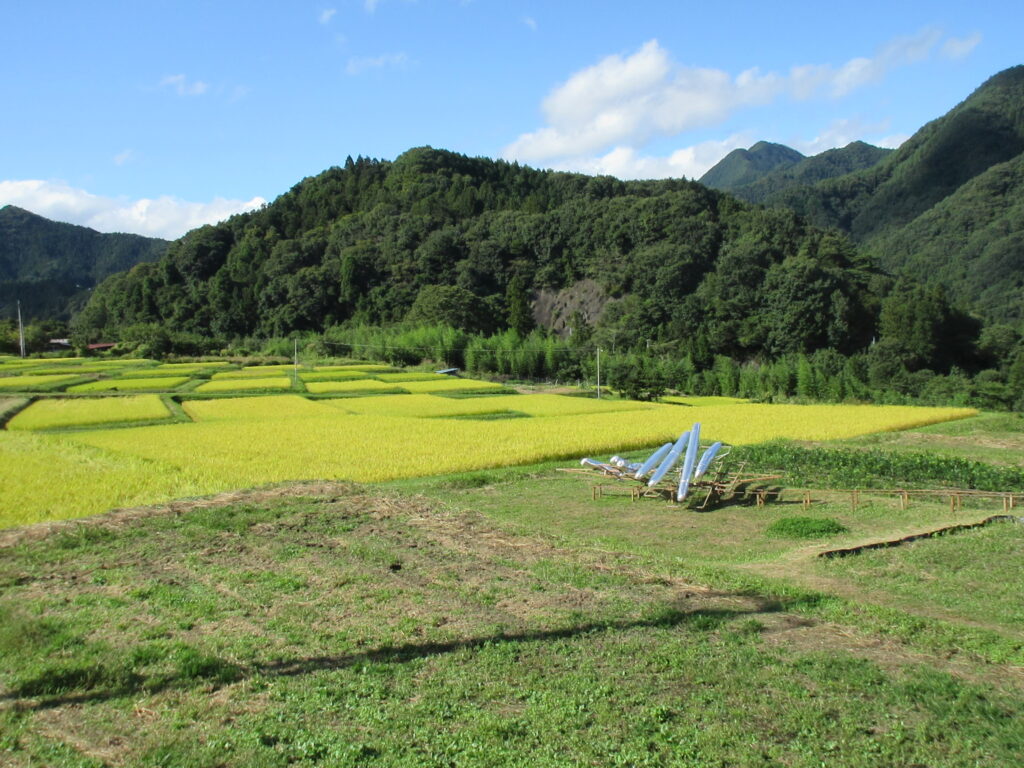
As for the art festivals held in Japan, I went to the ones held in the Kanto area, and I like this “Nakanojo Biennale” the most. The place is Nakanojo in the northern part of Gunma prefecture. Kusatsu hot spring to the west, Ikaho hot spring to the east, and Shima hot spring to the north. It is located in a place surrounded by famous hot spring towns. The art festival, which started in 2007, is held every two years from August to October for about a month. The exhibition places are scattered in the Nakanojo area, and they are old elementary schools or houses that are no longer in use.
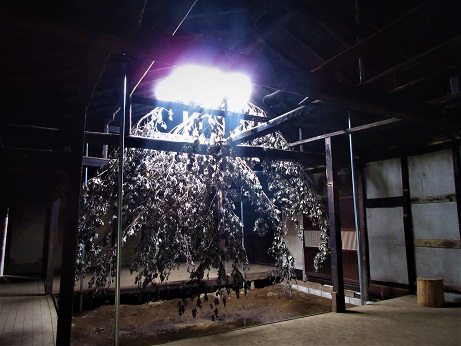
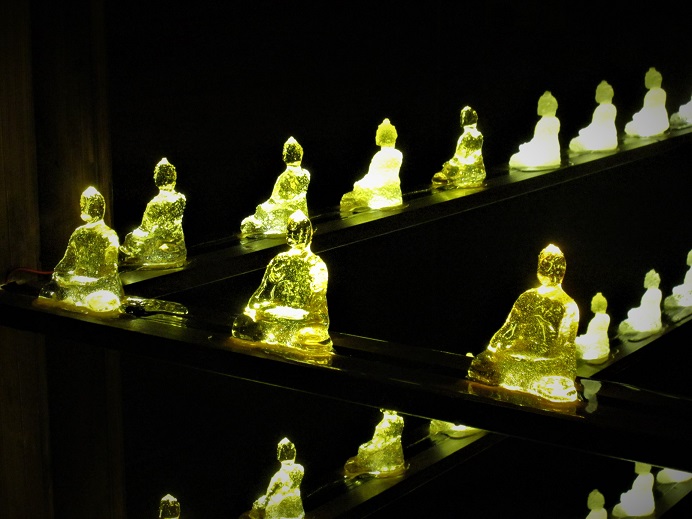
Arts festivals held in Japan can be broadly divided into “urban type” and “local type”. This “Nakanojo Biennale” corresponds to the local type, and it is probably a successful art festival among the “local type”. The characteristics of this art festival will be “independent from famous artists”, “the artwork changes every time”, and “a space where the exhibition place is unique”.
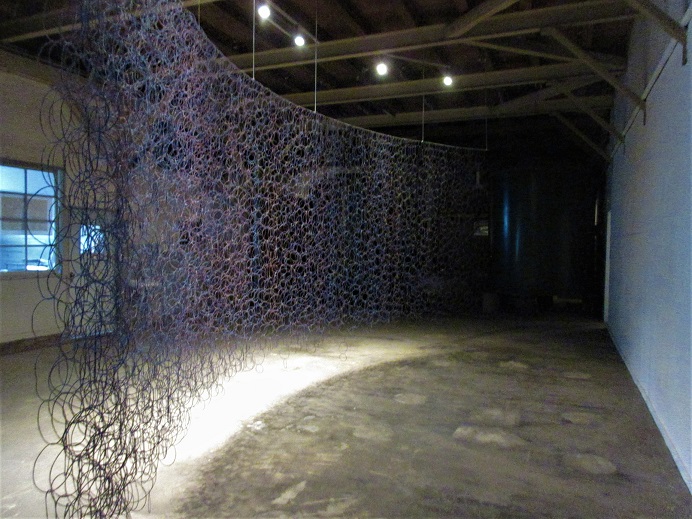
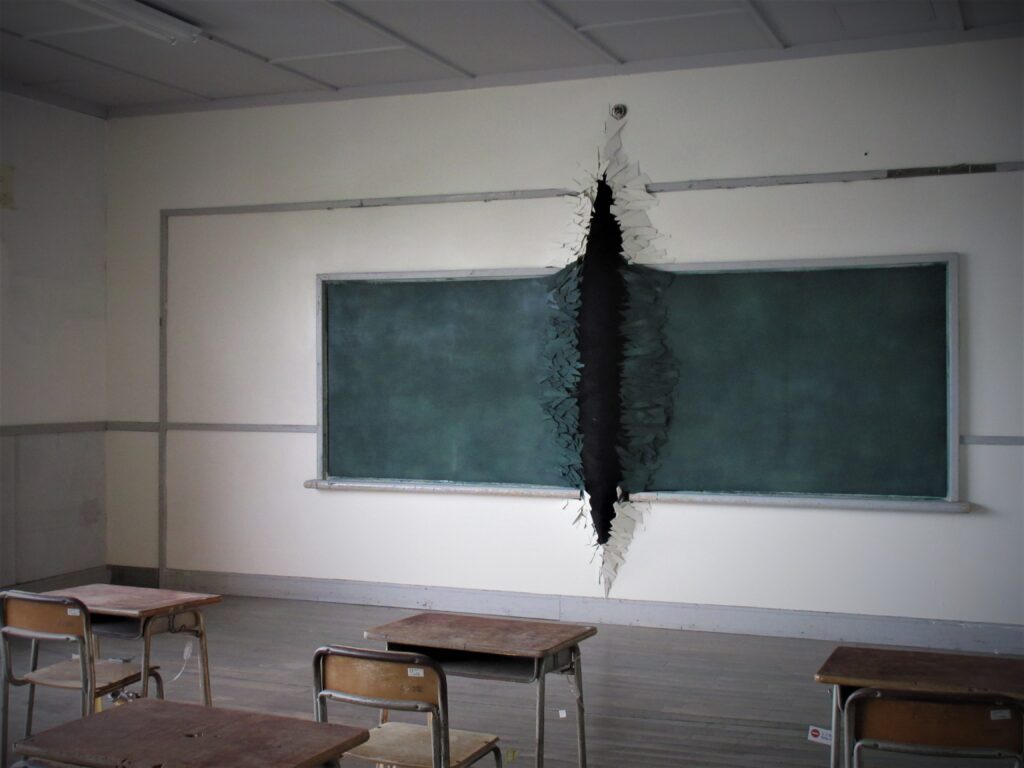
“Independent from famous artists” is not really important. The reason is that the level of the artwork to keep high is important, and this art festival is a place where even an unknown artist can produce wonderful artworks.
“The artwork changes every time” is probably a major factor in the continuation of this art festival. In particular, what is seen at other art festivals is that artworks are exhibited outdoors, and once installed, they are continue to be installed without being removed. In this case, maintenance is required, and since the maintenance is not performed, the quality of the artwork deteriorates and it becomes unbearable to appreciate. Almost all of this art festival is an indoor exhibition, and this problem does not occur, but even indoors, the artwork is changed every time.
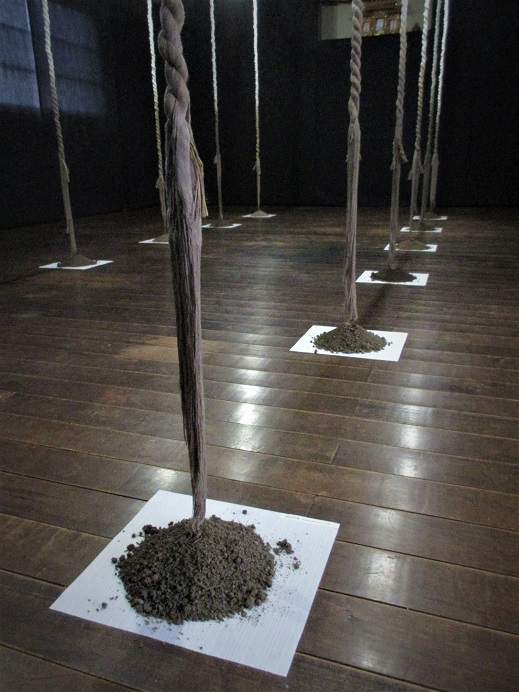
“A space with a unique exhibition place” means that this Nakanojo is a typical depopulated area, and there are unique places with an atmosphere such as a closed school and a former big house. In addition, each place retains a vast space, which sets it apart from the city. For those who live in the city, it is a place that falls into the category of “unreal space”.
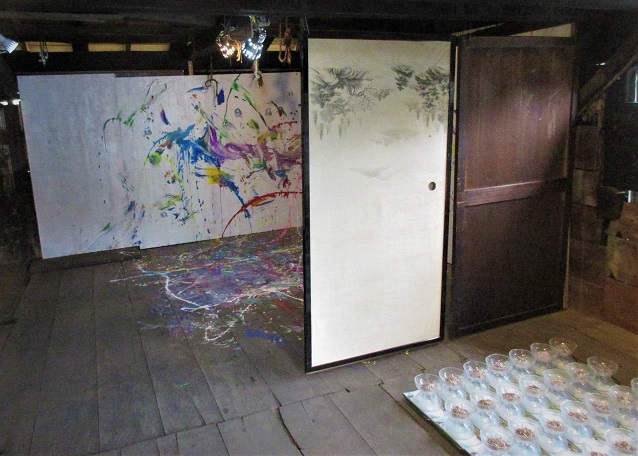
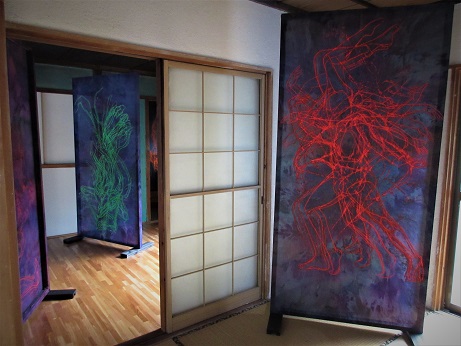
Also, when visiting the exhibition halls that are scattered around, there are occasions when artists come and talk. One artist meets and talks in 2015 and 2017. Many people who live in artistic area have a slightly different feeling from those who live in the city, and it’s fun to talk to them.
Finally, I would like to introduce my favorite venues and artworks that I have visited and seen. Except for the main venue, the location changes slightly every time, but this is also a factor that keeps the festival fresh. Personally, this festival is more fun than the Venice Biennale in Italy. Please visit and enjoy the artworks exhibited in the “unusual space”.
■ Former Hirozakari Sake Brewery
The place where sake was once made. The two-story house has a high ceiling. The back of the first floor has a structure without windows, so artworks using lighting are often exhibited. In addition, there is a warehouse in the premises, and the artworks are exhibited in a luxurious space that makes you feel the history.
“Existential: 1194”, which was exhibited in a remote warehouse in 2021, was intense.
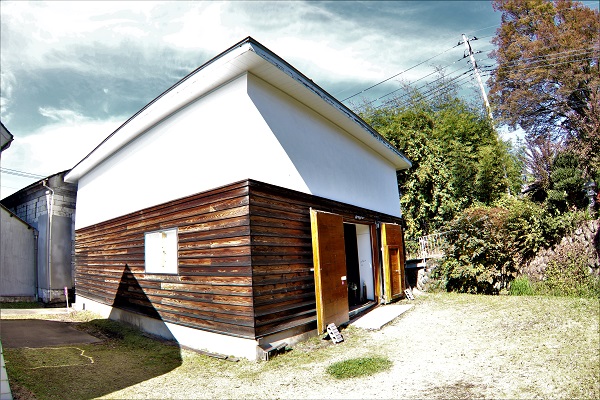
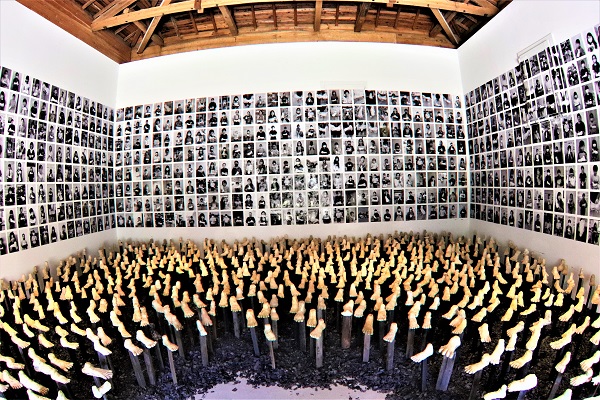
■ Former Gotanda School
A school built in 1909. Currently closed school. Although it is a one-story building, the appearance and colors that make you feel the history of this wooden building are wonderful. I’ve seen a lot of schools that have been closed, but the description that this school is “overwhelmed” fits nicely. Most of the artworks are design and installation-related, and the contrast with the colors of this building is vivid. The highlight of this art festival venue.
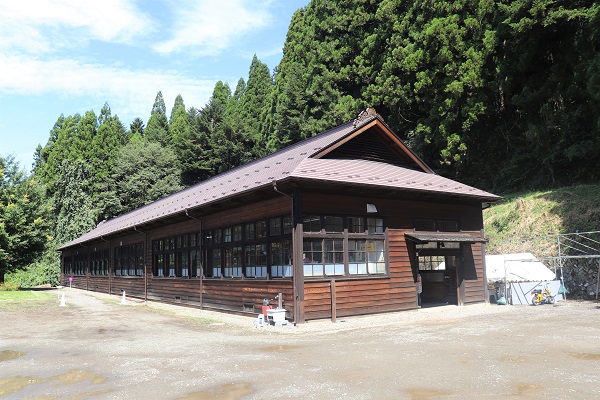
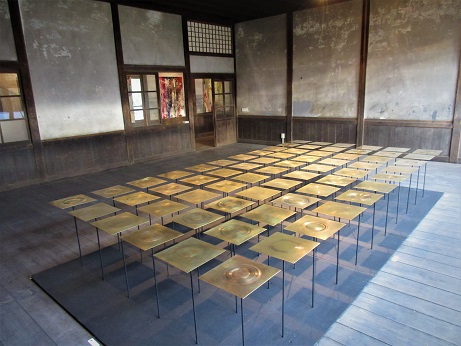
■ Former Third Elementary School
A two-story wooden school building built in the Meiji era. It was used as a school until 2005. Located in the town of Shima hot spring. Newer than the old Gotanda school. Shima hot spring is a nostalgic hot spring town. If you are staying during the art festival, I recommend the hot spring inn in the Shima hot spring district.
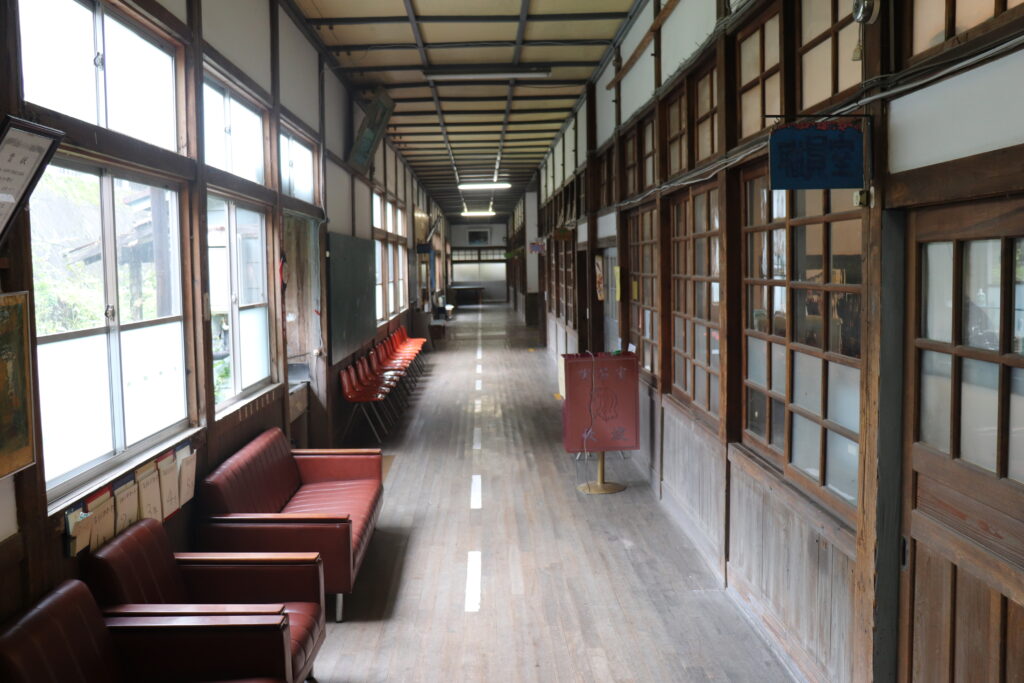
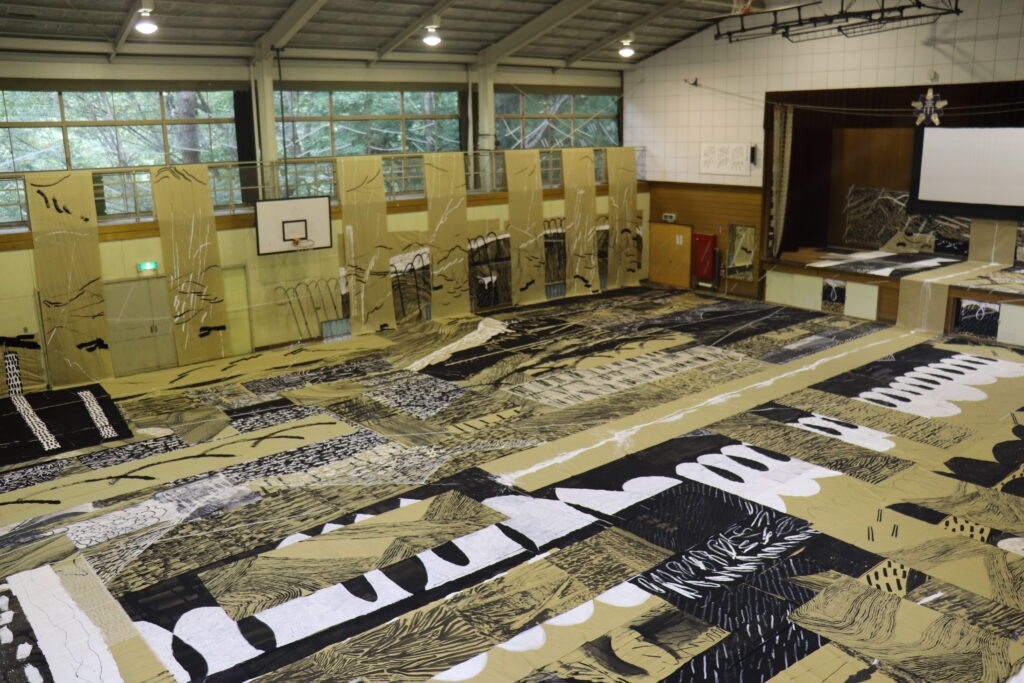
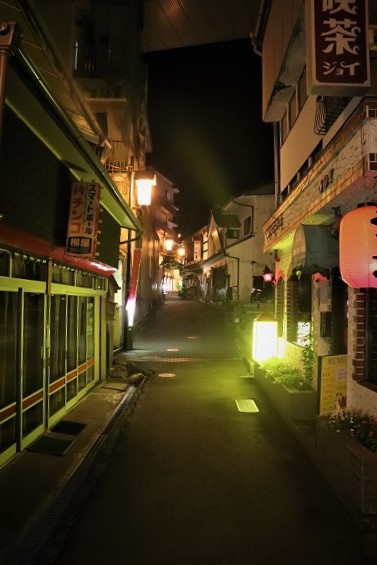
■ Choei’s hideout “Yumoto family”
A venue in a place called Muku in the west. This Muku is a place that once prospered in the silk industry. Currently, there is a relaxing atmosphere on the main street, where you can’t find any store. This “Choei’s hideout” is a building made by mud, and on the second floor there is a place where the Dutch scholar Takano Choei at the end of the Edo period was hidden. The building itself is quite old, but the brightly colored artworks shine. There is a building like a warehouse in the backside, there are no windows, and light does not come in, so artworks using light are excellent.
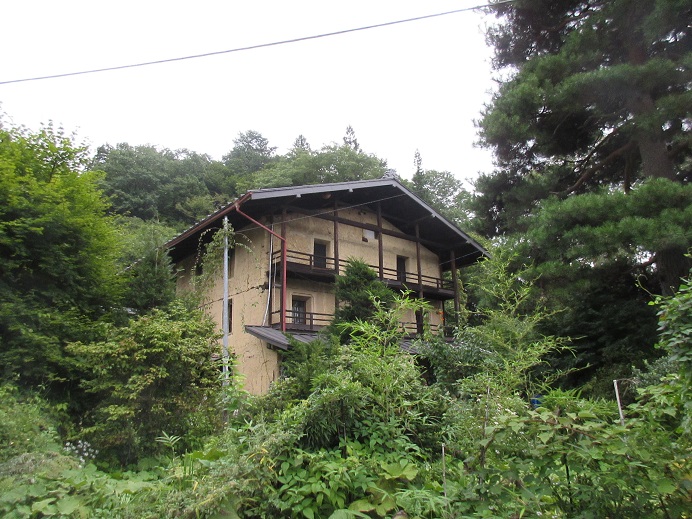
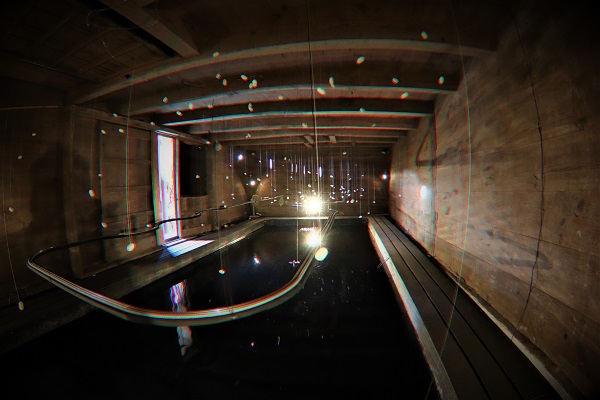
■ Yamase
A private house that used to run a lumber wholesaler. There is something like a warehouse around the main building, and the artworks are scattered and exhibited. It is said that it was built 160 years ago, and it is a place where you can see that the artworks of darkness and light created by the timber house and the warehouse match. Perhaps wood is working on the five senses other than vision.
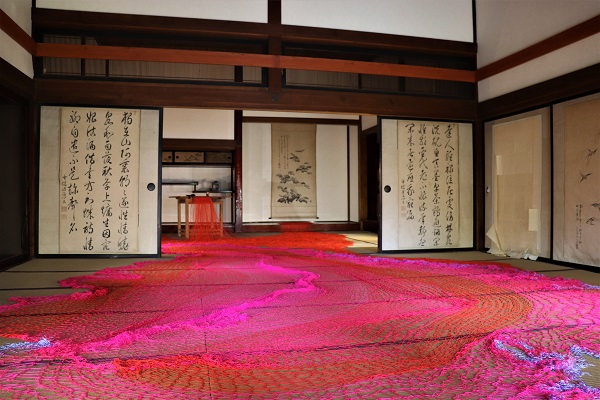
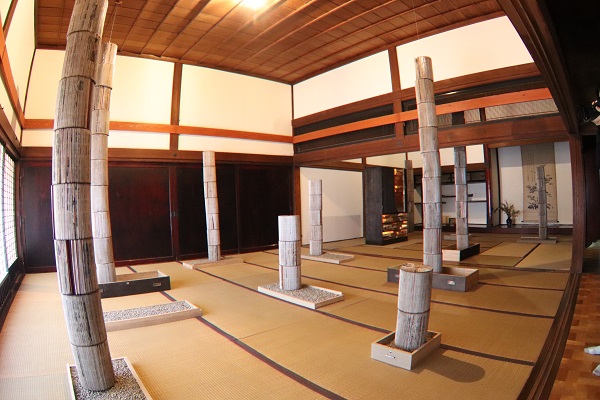
■ Former Sawada Elementary School
The former elementary school that became the venue from 2019. Since the school was closed in March 2015, it was functioning as an elementary school when the festival started. The school building itself is new and looks like an active elementary school. This place seemed to be consciously exhibiting video and media artworks. The artwork “To know” by Yoshiya Hongo, which was exhibited when I visited in 2021, was intense. The object, which is made by stacking the leaves of the roots of a fir tree, stood up and shrugged.
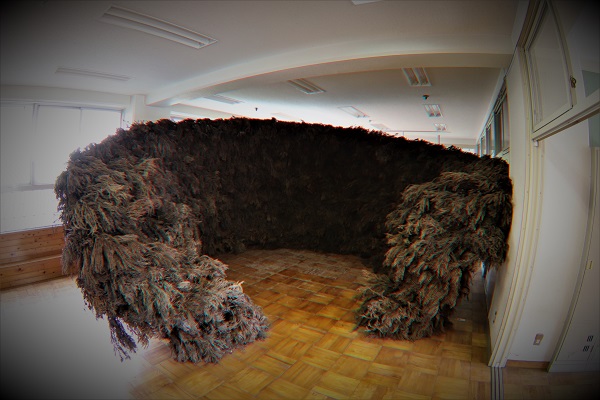
I quote the explanation given in the guidebook. “For me, facing materials through production has the same meaning as facing the world, and through the experiential sensations that can be obtained from it, about people living in this world. I’m thinking about it. “
■ Manabu Hangai: Dragon of the Wind
Outdoor artwork which a wire rope is stretched from the top of a mountain called “Reizan Takeyama” toward the ground, and objects are lined up there. A masterpiece. Please take a look. The exhibition is being held with a different concept from 2015, 2019, and 2021. I hope this series will continue.
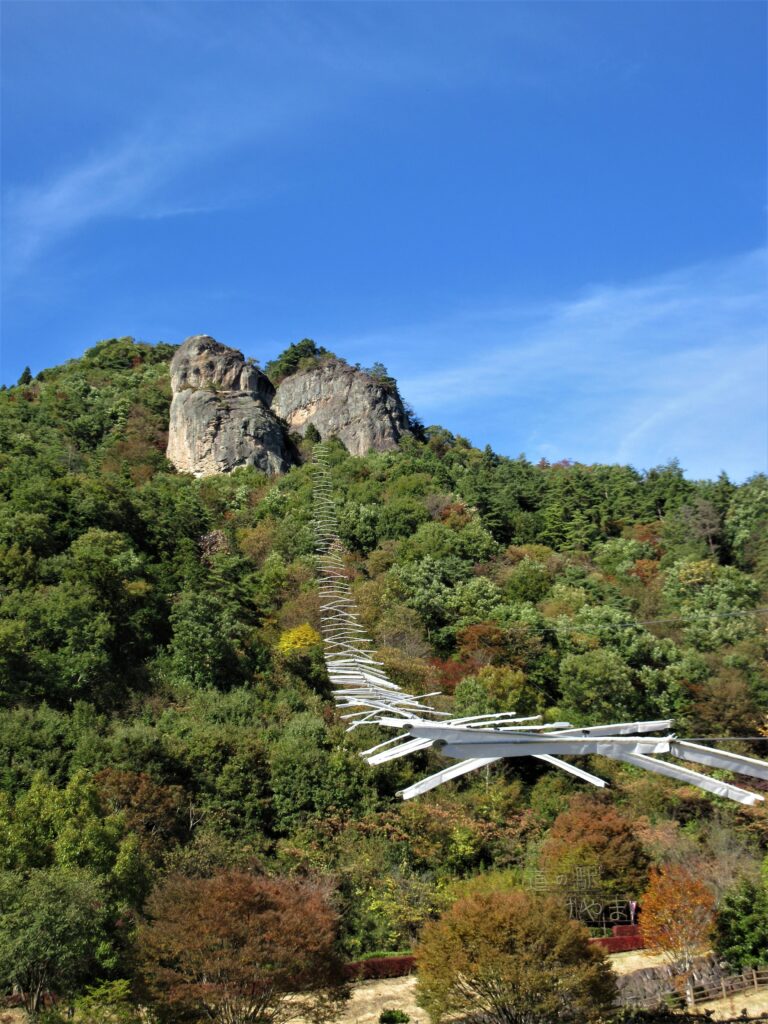
■ Gymnasium @ Former Isama Elementary School (Isamamura) @ Former Fourth Junior High School (Isama Studio)
At the venue, there are elementary schools and junior high schools that are no longer in use, and at the gymnasium at @former Isama Elementary School (Isamamura) @former Fourth Junior High School (Isama Studio), large-scale artworks were exhibited and overwhelmed. Please visit when the artwork @gymnasium is available.
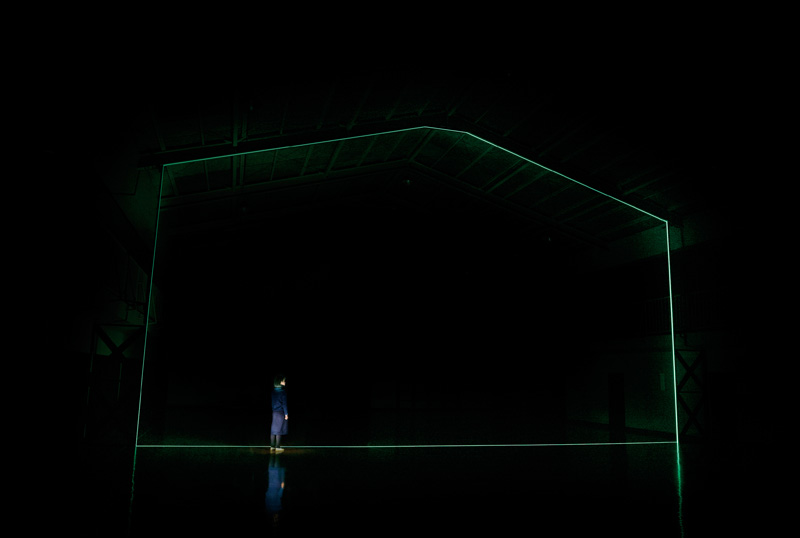

Visited in 2015, 2017, 2019 and 2021.
Basic Information
■ Name: Nakanojo Biennale
■ Homepage: https://nakanojo-biennale.com/
